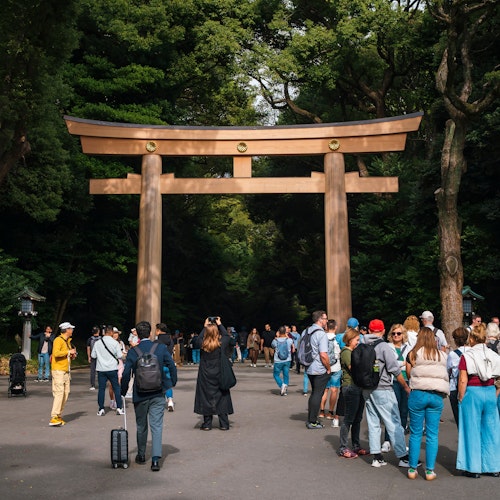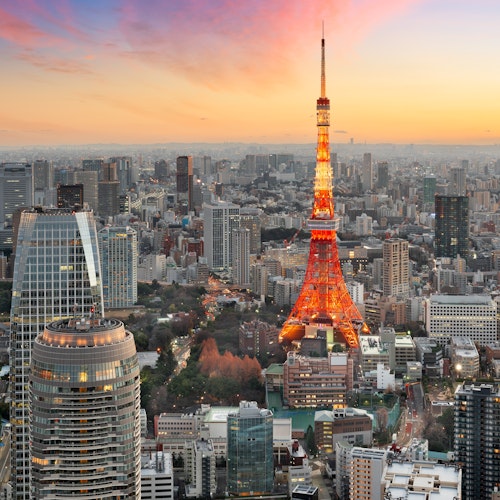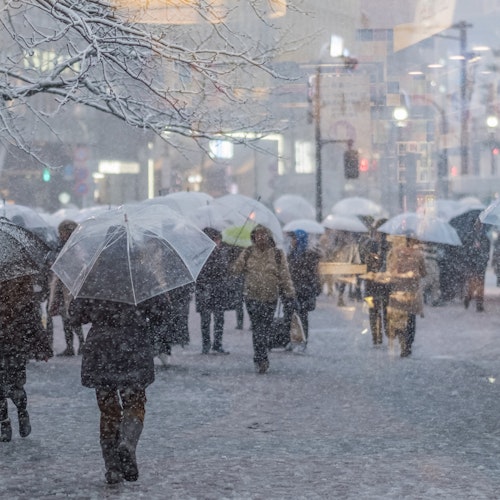
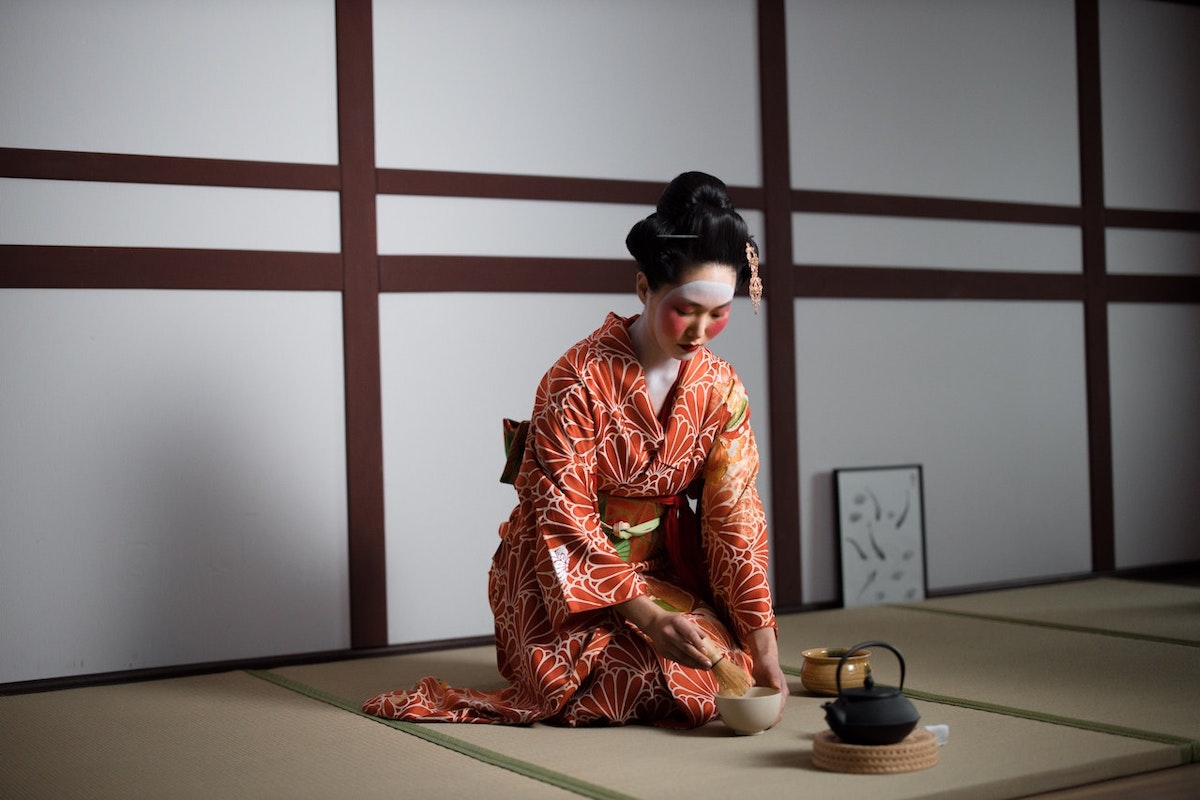
일본'S 문화는 전통과 혁신에 흠뻑 젖어 있으며 박물관은 이 풍부한 유산을 반영합니다. 국보에서 최첨단 전시물에 이르기까지 일본에는 역사, 예술 및 기술 발전을 보여주는 인상적인 박물관이 있습니다. 디테일과 아름다움에 대한 관심을 중시하는 문화로'일본 박물관이 세계 최고 수준이라는 것은 놀라운 일이 아닙니다.
이 기사에서는'일본에서 꼭 가봐야 할 박물관을 자세히 살펴보고 독특한 특징, 전시 및 컬렉션을 강조합니다. 일본에 흠뻑 빠져들 수 있는 국립일본사박물관에서'과거에는 일본 애니메이션의 마법을 경험할 수 있는 지브리 미술관까지'모두를 위한 것입니다. 그래서 당신이'일본 여행을 다시 계획하고 있거나 단순히 일본의 매혹적인 문화에 대해 더 알고 싶다면 이 매혹적인 나라에서 꼭 방문해야 할 박물관을 탐험하는 데 참여하십시오.
국립 일본사 박물관은 레키하쿠라고도 알려져 있으며, 일본 역사와 문화의 보고입니다. 치바현 사쿠라에 위치한 이 박물관은 방문객들에게 일본을 가로지르는 매혹적인 여행을 제공합니다'초기부터 현재에 이르기까지 과거. 방대한 유물, 전시품 및 기록 보관소를 통해 방문객들은 일본의 문화적, 사회적 발전에 몰입하고 풍부한 유산에 대해 더 깊이 이해할 수 있습니다.
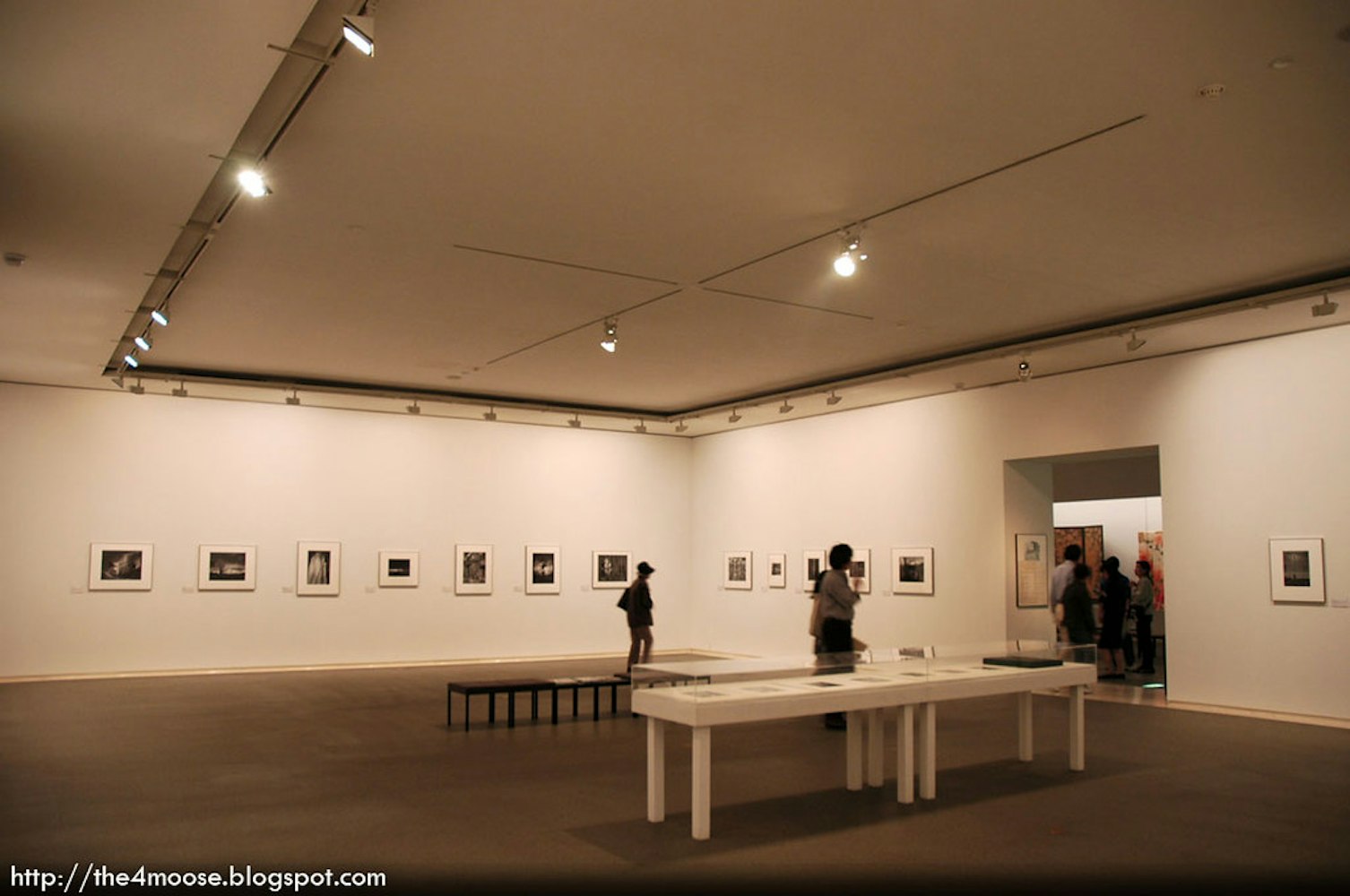
이미지 크레디트: 도요오카 타카시
국립일본역사박물관은 매일 오전 9시 30분부터 개관합니다. 오후 5시까지, 휴무인 월요일은 제외됩니다. 입장료는 구매하는 티켓의 종류에 따라 다릅니다. 일반 입장료는 어른 620엔, 대학생·고등학생 410엔, 어린이 210엔이다.
단체, 노인, 장애인 할인이 가능합니다. 박물관은 또한 영어, 중국어, 한국어로 된 오디오 가이드를 제공하여 일본어가 아닌 사람들도 이용할 수 있습니다.
국립 일본 역사 박물관에는 사무라이의 진화를 보여주는 인상적인 사무라이 갑옷과 무기 컬렉션이 있습니다'시간이 지남에 따라 장비. 방문객들은 사무라이 갑옷과 헬멧의 복제품을 입어보고 전투에서 사무라이가 사용하는 다양한 무기를 볼 수 있습니다.

이미지 크레디트:델로
이 전시회에는 사무라이와 관련된 유물도 전시되어 있습니다'그들의 관습과 전통을 엿볼 수 있는 일상 생활. 사무라이 검술의 인터랙티브 전시와 시연은 일본 역사와 문화에 관심이 있는 방문객들에게 매력적이고 유익한 경험을 선사합니다.
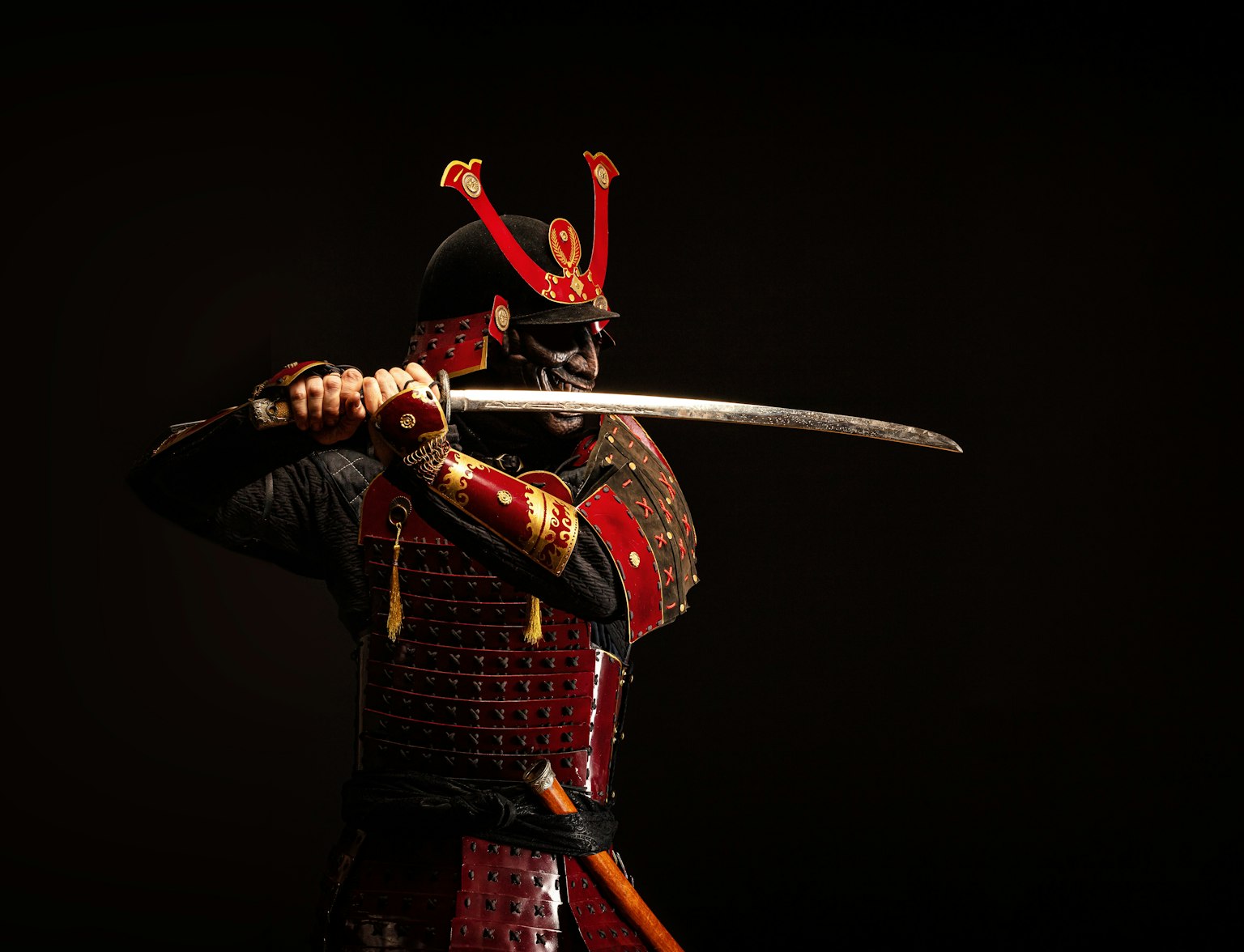
도쿄에서 사무라이 갑옷 사진 촬영을 해보세요.
에도 시대 마을 복제품은 국립 일본 역사 박물관 중 하나입니다'가장 인상적인 전시회. 방문객들은 일본 역사상 가장 평화롭고 번영한 시대 중 하나로 여겨지는 에도 시대로 시간을 거슬러 올라갑니다. 이 기간 동안 일본은 도쿠가와 막부의 통치를 받았고 국가는 나머지 세계와 고립되었습니다.
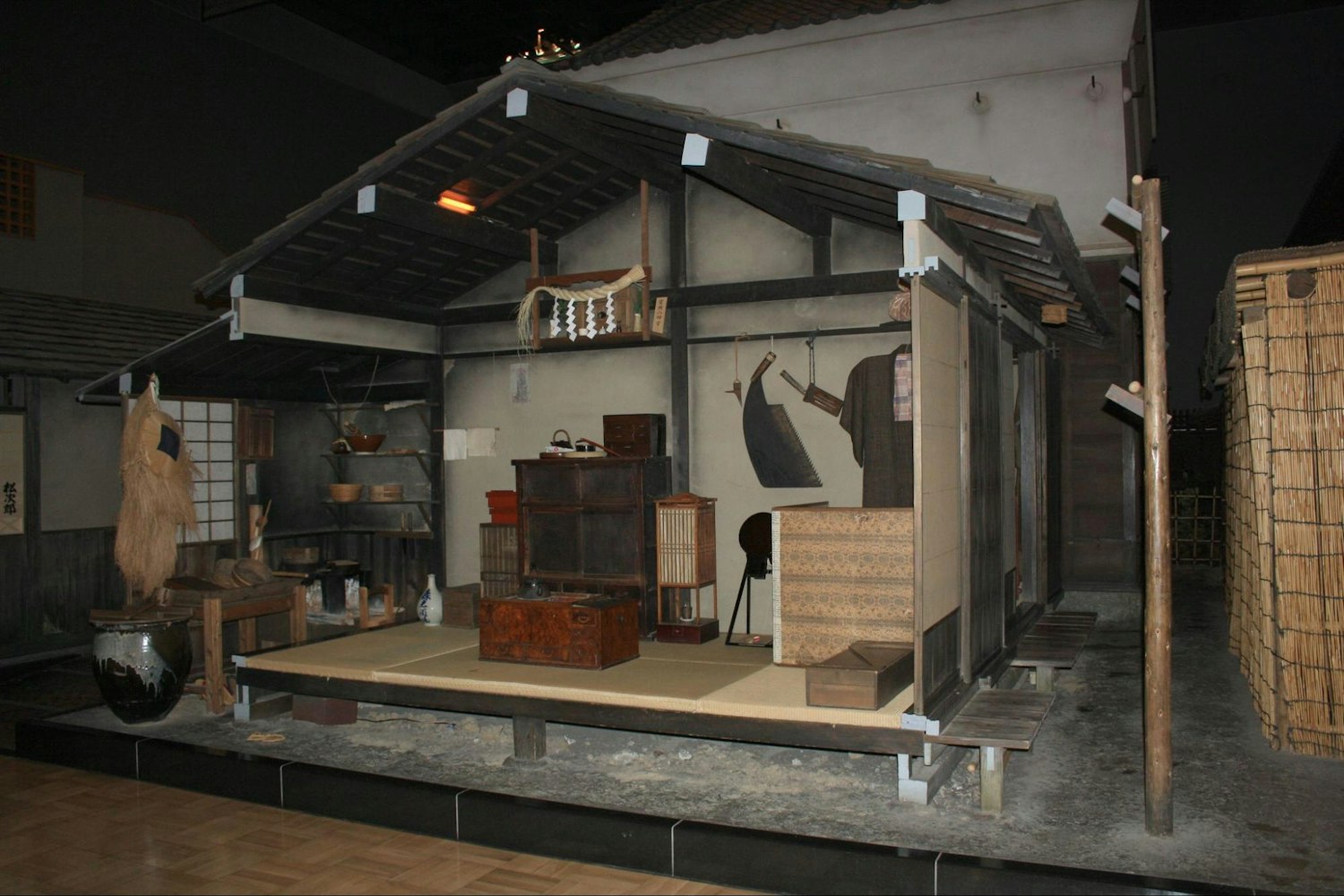
이미지 크레디트: 위키미디어(Wikimedia
에도 시대 마을 복제품은 마을을 재현한 세심하게 설계되고 건설된 전시물입니다'의 건축물, 거리 및 상점이 매우 자세하게 표시됩니다. 방문객들은 마을을 탐험하고 이 기간 동안 사람들이 어떻게 살고, 일하고, 사교했는지 볼 수 있습니다. 이 전시회는 일본 전통 가옥, 상점, 거리의 실물 크기 복제품과 정통 장식과 가구로 완성된 몰입형 경험을 제공합니다.
국립일본역사박물관에는 황실의 인상적인 보물 컬렉션이 있습니다. 이 보물은 한때 일본 황실이 소유했으며 일본에서 가장 중요한 문화 유물로 간주됩니다.
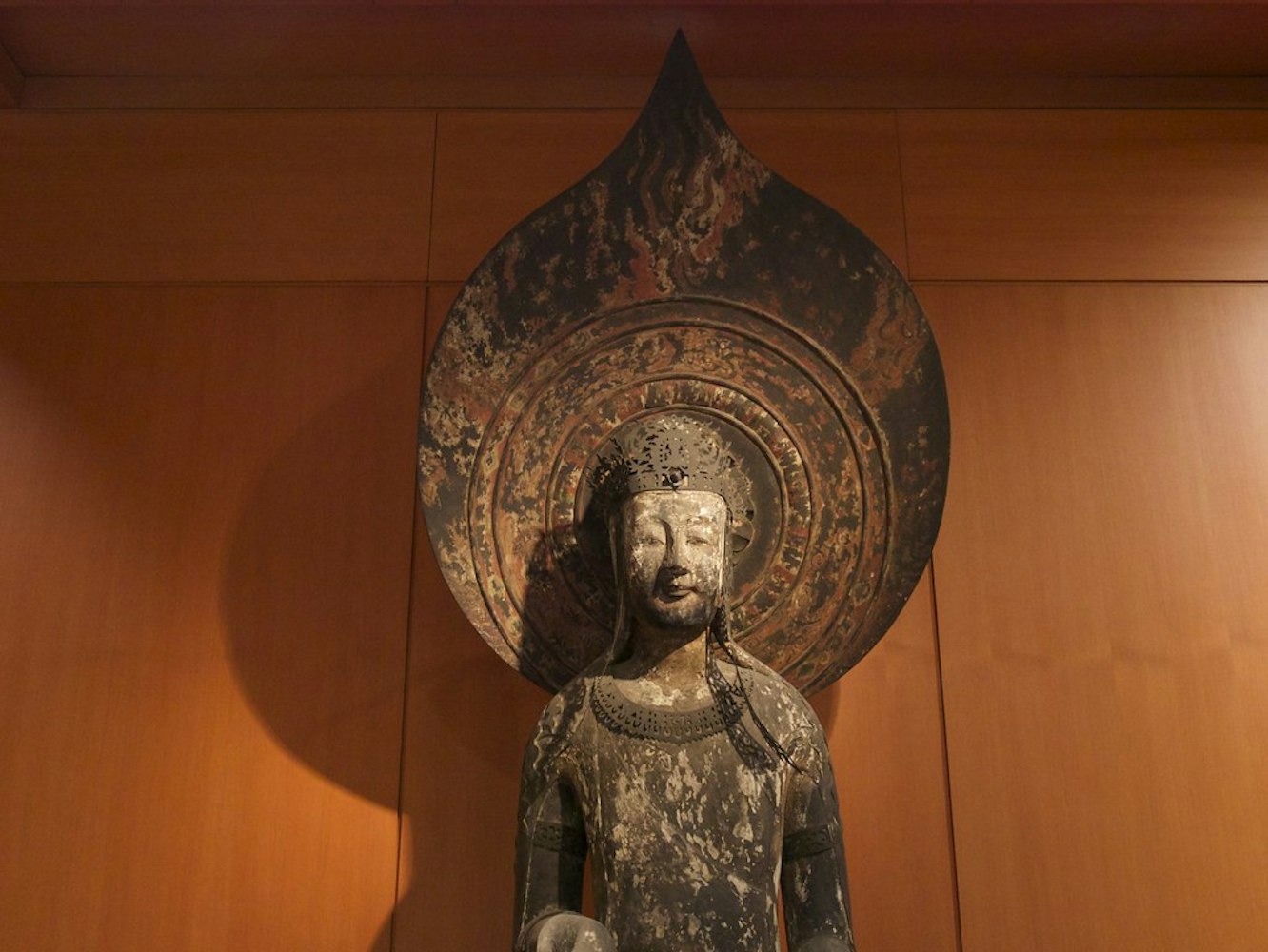
이미지 크레디트: 젠2D2
Imperial Household 컬렉션에는 도자기, 서예, 직물 및 그림을 포함한 다양한 물건이 포함됩니다. 컬렉션에서 가장 주목할만한 항목 중 하나는 일본에서 가장 오래된 것으로 알려진 불교 조각품 중 하나인 국보인 쿠다라 관음입니다. 이 컬렉션에는 또한 세계에서 가장 훌륭한 것으로 간주되는 일본 칠기의 예가 있습니다.
도쿄 국립 박물관은 일본을 보여주는 문화 기관입니다'풍부한 예술 및 문화 유산. 1872 년에 설립 된 일본입니다'에서 가장 오래되고 가장 큰 박물관으로 예술, 고고학, 문화 유물 등 5,000년 이상의 일본 역사를 아우르는 광범위한 컬렉션을 방문객들에게 제공합니다.
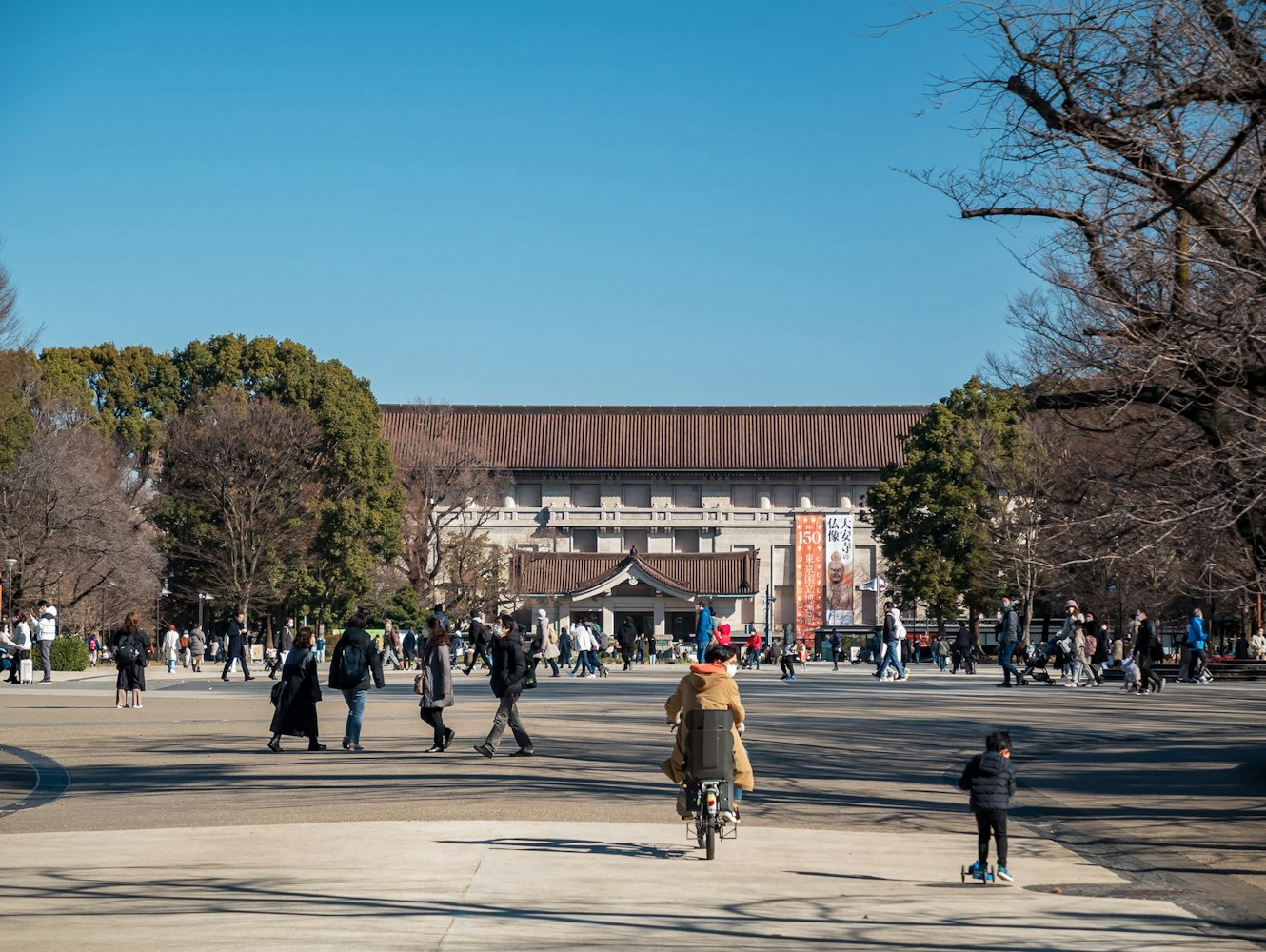
박물관은 도쿄 다이토 지구의 우에노 공원에 위치하고 있어 대중교통으로 쉽게 접근할 수 있습니다. 매일 오전 9시 30분부터 운영됩니다. 오후 5시까지, 휴무일과 새해를 제외한 월요일'12 월 28 일부터 1 월 1 일까지의 휴일. 입장료는 다양하며 단체, 노인 및 장애인에게 할인이 제공됩니다.
방문객들은 영어, 중국어, 한국어로 된 오디오 가이드를 대여할 수 있어 일본어를 구사하지 못하는 사람들도 박물관을 이용할 수 있습니다. 박물관에는 선물 가게, 카페, 일본 예술과 문화에 관한 책과 저널을 소장하고 있는 도서관이 있습니다. 방문객들을 위한 워크숍과 이벤트도 제공되며, 서예 수업과 일본 전통 무용 공연도 있습니다.
도쿄국립박물관'미술 컬렉션은 일본에서 가장 인상적인 컬렉션 중 하나로, 1,300 년이 넘는 일본 역사를 아우르는 광범위한 걸작 컬렉션을 갖추고 있습니다. 방문객들은 호쿠사이, 히로시게, 소타츠와 같은 유명한 예술가들의 작품과 야마토에, 린파와 같은 일본 전통 화의 예를 볼 수 있습니다.
컬렉션에서 가장 주목할만한 작품 중 하나는 겐지 이야기 두루마리로, 같은 이름의 유명한 소설의 장면을 묘사한 국보입니다. 두루마리는 길이가 10미터가 넘으며 일본의 생활 방식과 문화에 대한 통찰력을 제공하는 절묘한 삽화가 특징입니다's 헤이안 시대. 또 다른 주목할만한 작품은 일본 불교 미술의 걸작으로 여겨지는 병풍 그림 Fudo Myoo입니다.
도쿄국립박물관'의 고고학 컬렉션은 일본의 인상적인 전시물입니다.'선사 시대부터 에도 시대까지의 유물을 특징으로 하는 풍부한 역사. 방문객들은 조몬과 야요이 도자기의 예뿐만 아니라 일본의 일부를 포함하는 고분 시대의 유물을 볼 수 있습니다'에서 가장 중요한 유적지.
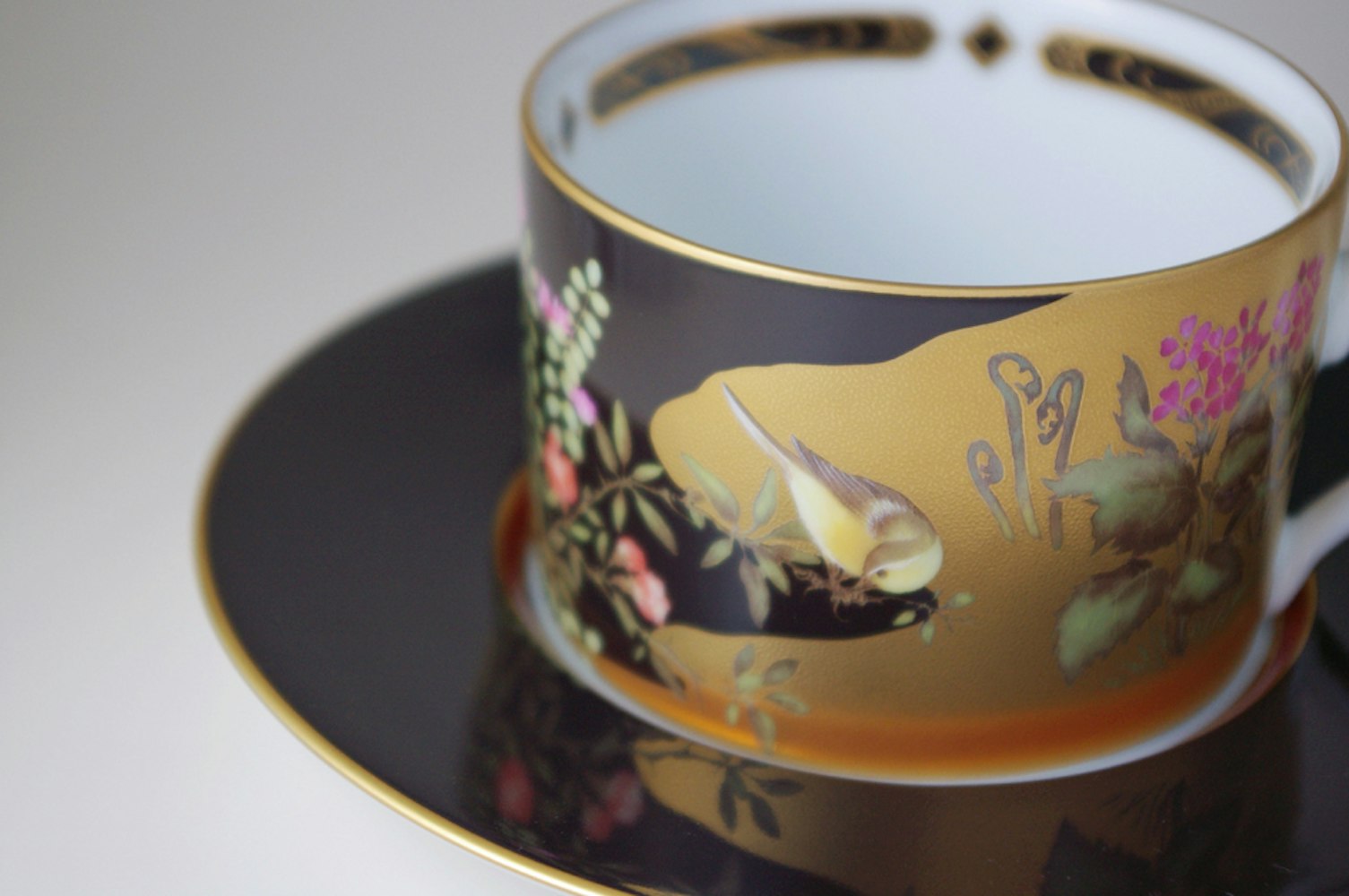
이미지 크레디트: 위키미디어(Wikimedia
컬렉션에서 가장 주목할만한 작품 중 하나는 조몬 시대로 거슬러 올라가는 국보 인 Dogu 입상입니다. 입상은 점토로 만들어졌으며 복잡한 세부 사항과 신비한 상징주의로 유명합니다. 박물관'컬렉션에는 고인을 보호하기 위해 무덤에 놓인 고분 시대의 테라코타 점토 인물 인 하니와 (Haniwa)의 예도 포함되어 있습니다.
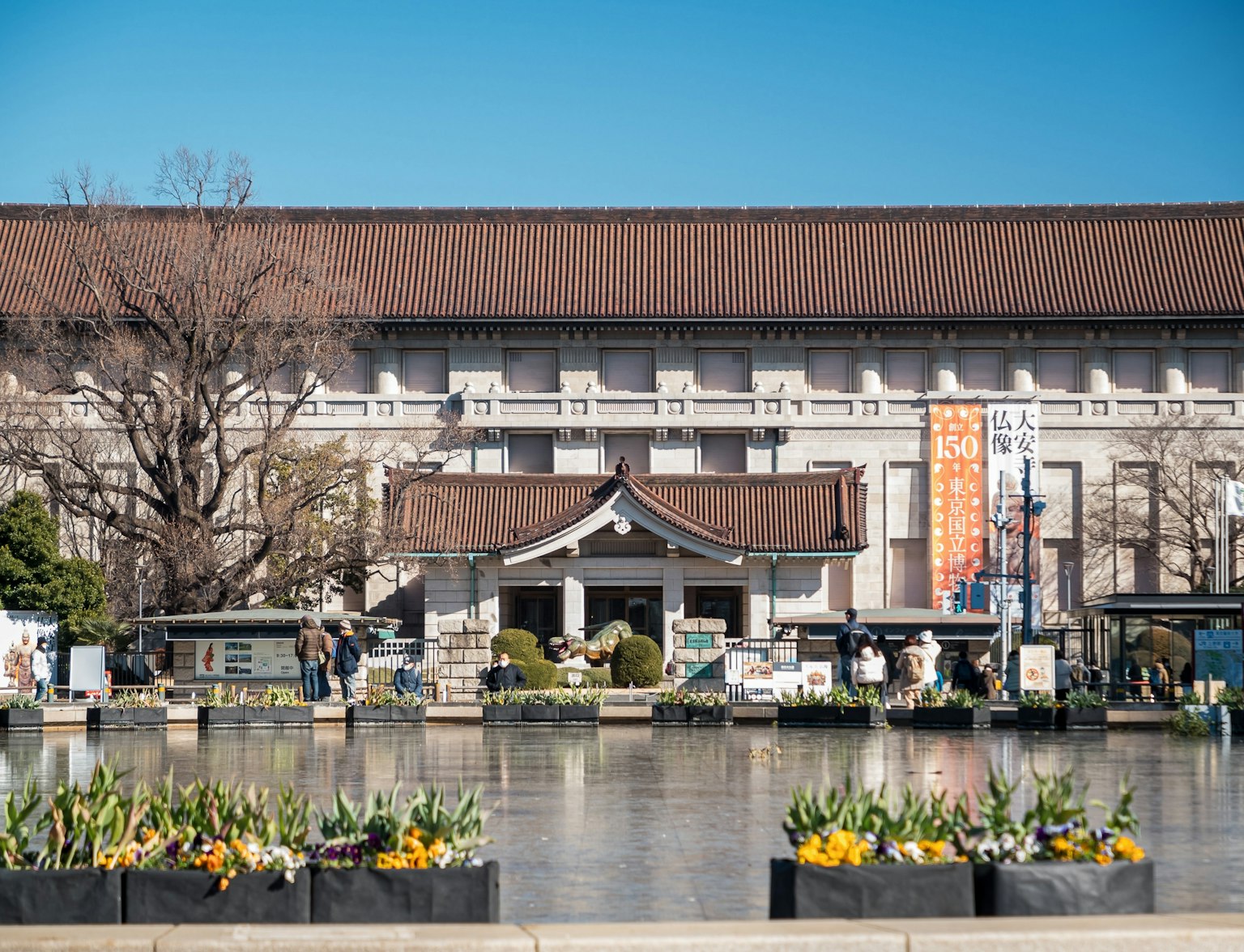
도쿄국립박물관을 간략하게 둘러보려면 우에노 공원을 방문해 보세요.
교토국립박물관은 일본을 소개하는 문화기관입니다'교토와 주변 간사이 지역의 예술과 공예품에 중점을 둔 풍부한 문화 유산. 박물관은 교토의 히가시야마 지구에 위치하고 있으며 유명한 기요미즈데라 사원 근처에 있어 관광객과 현지인 모두에게 인기 있는 곳입니다.
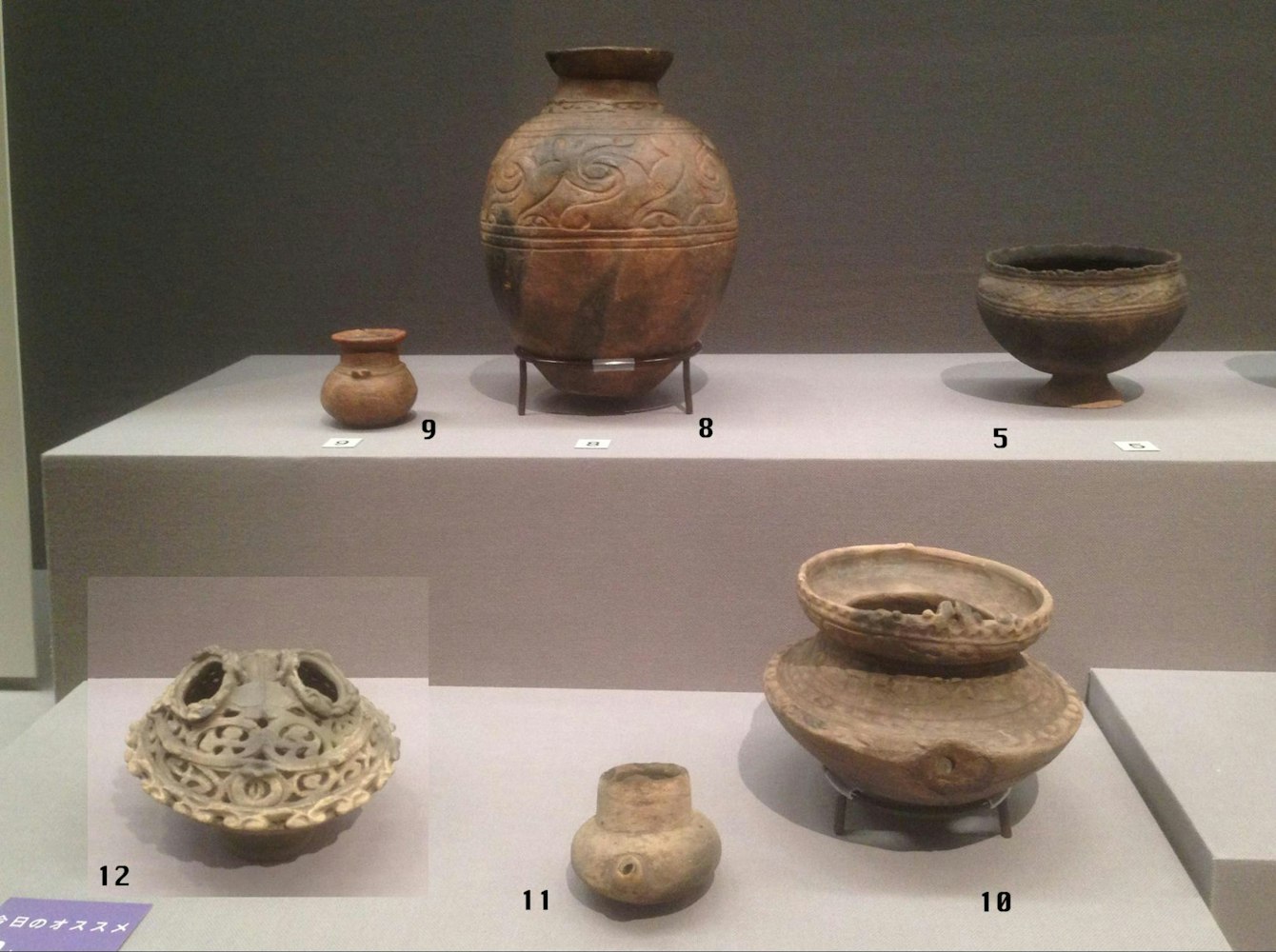
이미지 크레디트: 리사 파인힐
박물관은 매일 오전 9시부터 개관합니다. 오후 5시까지, 휴무인 월요일과 새해 제외'12 월 28 일부터 1 월 1 일까지의 휴일. 입장료는 다양하며 단체, 노인 및 장애인에게 할인이 제공됩니다. 박물관은 대중 교통으로 쉽게 접근 할 수 있으며 버스 및 지하철역이 근처에 있습니다. 박물관에는 선물 가게와 카페, 일본 예술과 문화에 관한 책과 저널을 소장하고 있는 도서관도 있습니다.
교토국립박물관'일본 회화와 서예 컬렉션은 박물관의 하이라이트이며 방문객들에게 일본을 엿볼 수 있는 기회를 제공합니다'의 풍부한 예술적 유산. 방문객들은 셋슈, 가노 에이토쿠와 같은 유명 예술가들의 작품과 스미에, 니혼가와 같은 일본 전통 회화 기법의 예를 볼 수 있습니다.
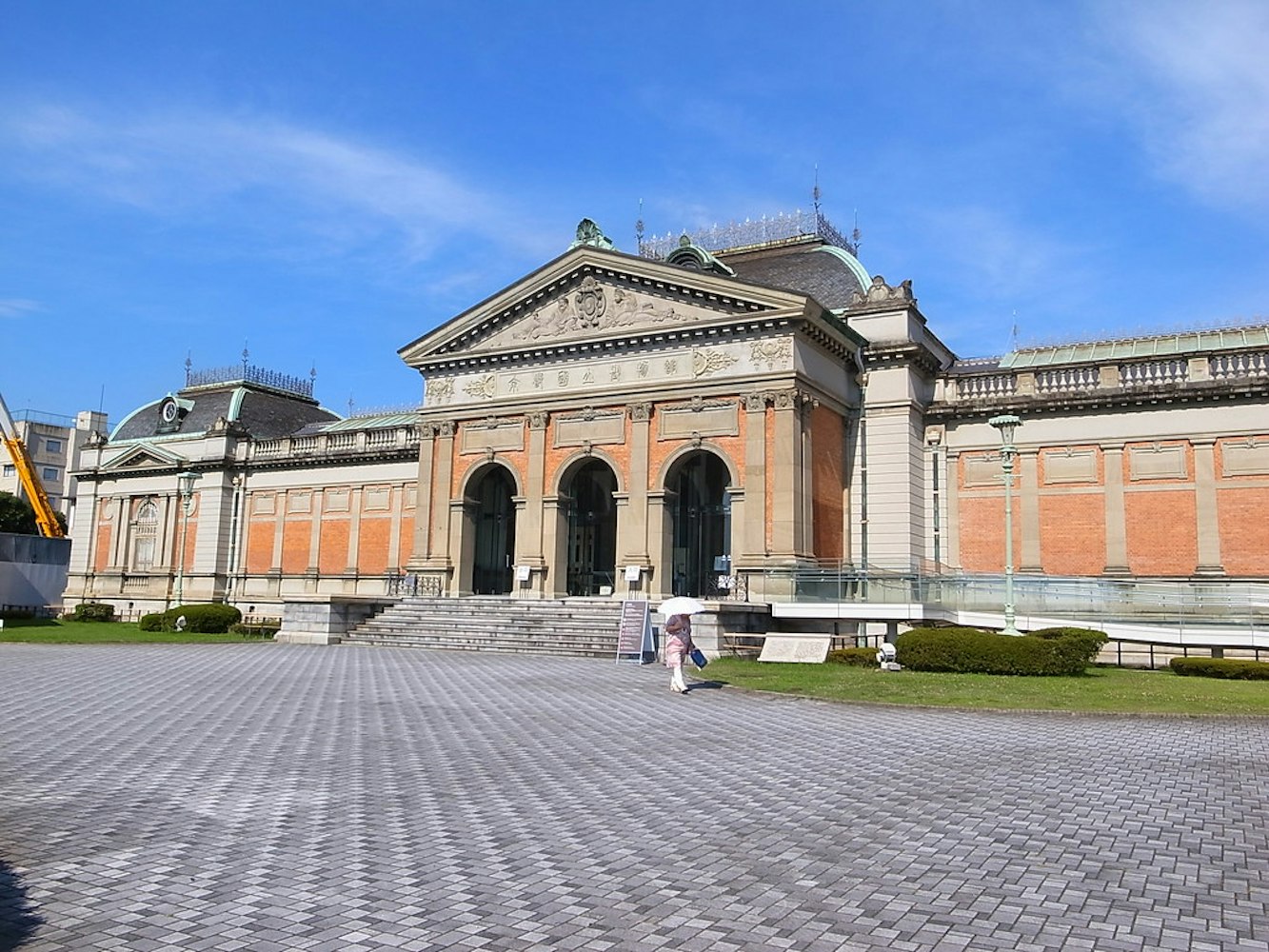
이미지 크레디트: 리처드 리
컬렉션에서 가장 주목할만한 작품 중 하나는 같은 이름의 유명한 소설의 장면을 묘사한 국보인 겐지 이야기 스크린입니다. 스크린은 길이가 6미터가 넘으며 일본의 생활 방식과 문화에 대한 통찰력을 제공하는 복잡한 삽화가 있습니다's 헤이안 시대. 또 다른 주목할만한 작품은 자비의 여신을 절묘하게 묘사한 국보인 후시미 관음 두루마리입니다.
교토국립박물관'불교 미술품과 조각품은 고대 유물과 조각상의 보고로, 방문객들에게 일본을 엿볼 수 있는 기회를 제공합니다'풍부한 종교 및 문화 역사. 방문객들은 헤이안, 가마쿠라, 무로마치 시대의 작품을 포함하여 다양한 시대의 불상과 유물의 예를 볼 수 있습니다.
컬렉션에서 가장 주목할만한 작품 중 하나는 헤이안 시대로 거슬러 올라가는 국보인 미로쿠 보사츠 동상입니다. 이 동상은 미래의 부처로 여겨지는 일본어로 미로쿠라고도 알려진 미륵보살을 묘사하고 있습니다. 이 동상은 높이가 180cm가 넘고 가운의 주름과 얼굴 표정을 포함한 복잡한 세부 사항이 특징입니다.
교토국립박물관'도자기 및 다도 용품 컬렉션은 일본 전통 도자기와 다도의 예술성과 문화적 중요성에 대한 증거입니다. 방문객들은 청자와 라쿠 도자기를 포함한 일본 전통 도자기의 예뿐만 아니라 찻그릇과 향로와 같은 다도 도구의 예를 볼 수 있습니다.
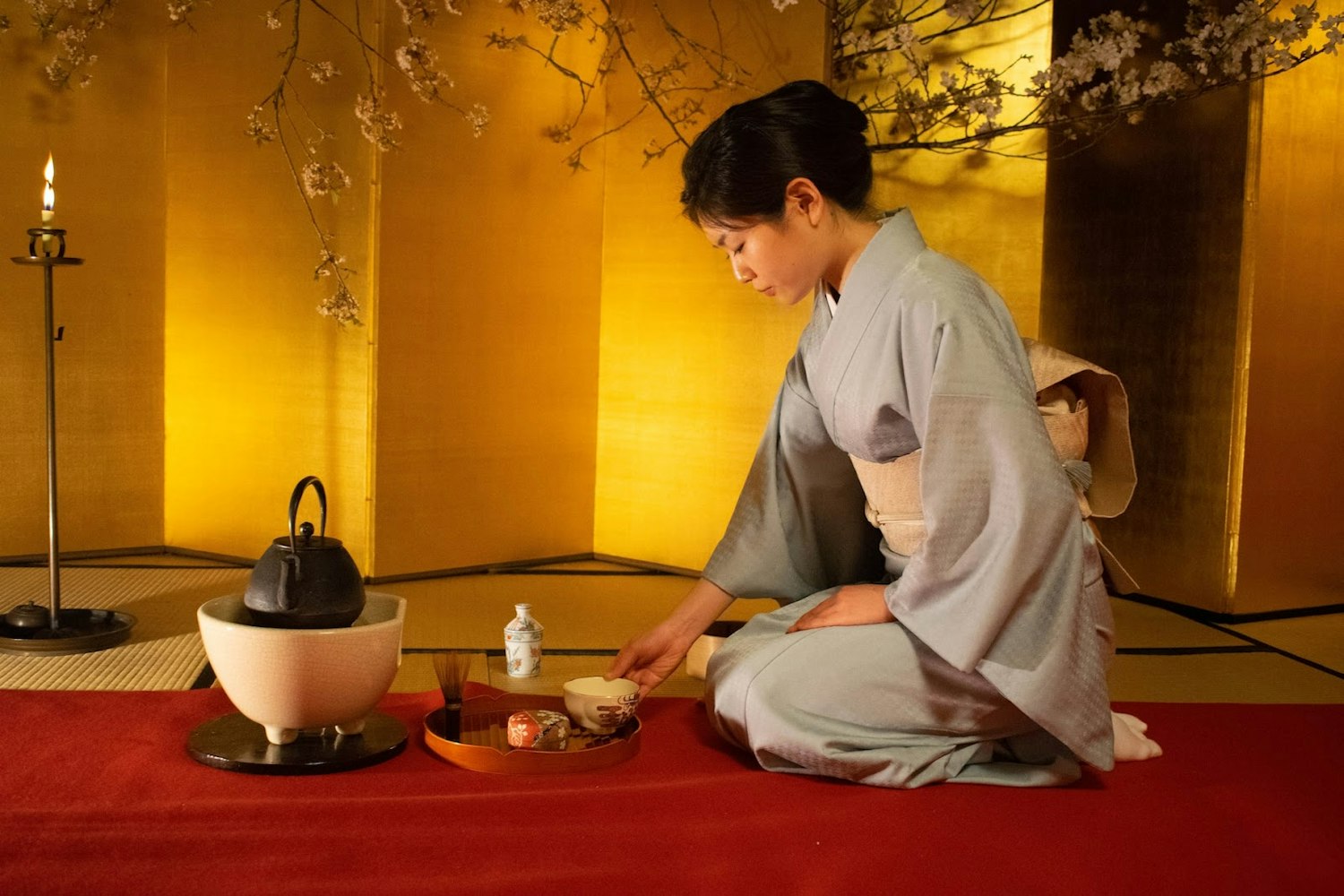
컬렉션에서 가장 주목할만한 작품 중 하나는 16 세기에 라쿠 가문이 발명 한 찻잔의 일종 인 라쿠 차완입니다. 라쿠 차완은 단순하고 소박한 외관과 차의 맛과 향을 향상시키는 능력으로 유명합니다. 방문객들은 또한 하기야키와 가라쓰야키를 포함한 다른 유형의 찻그릇의 예를 볼 수 있으며, 각각 고유한 스타일과 특성을 가지고 있습니다.
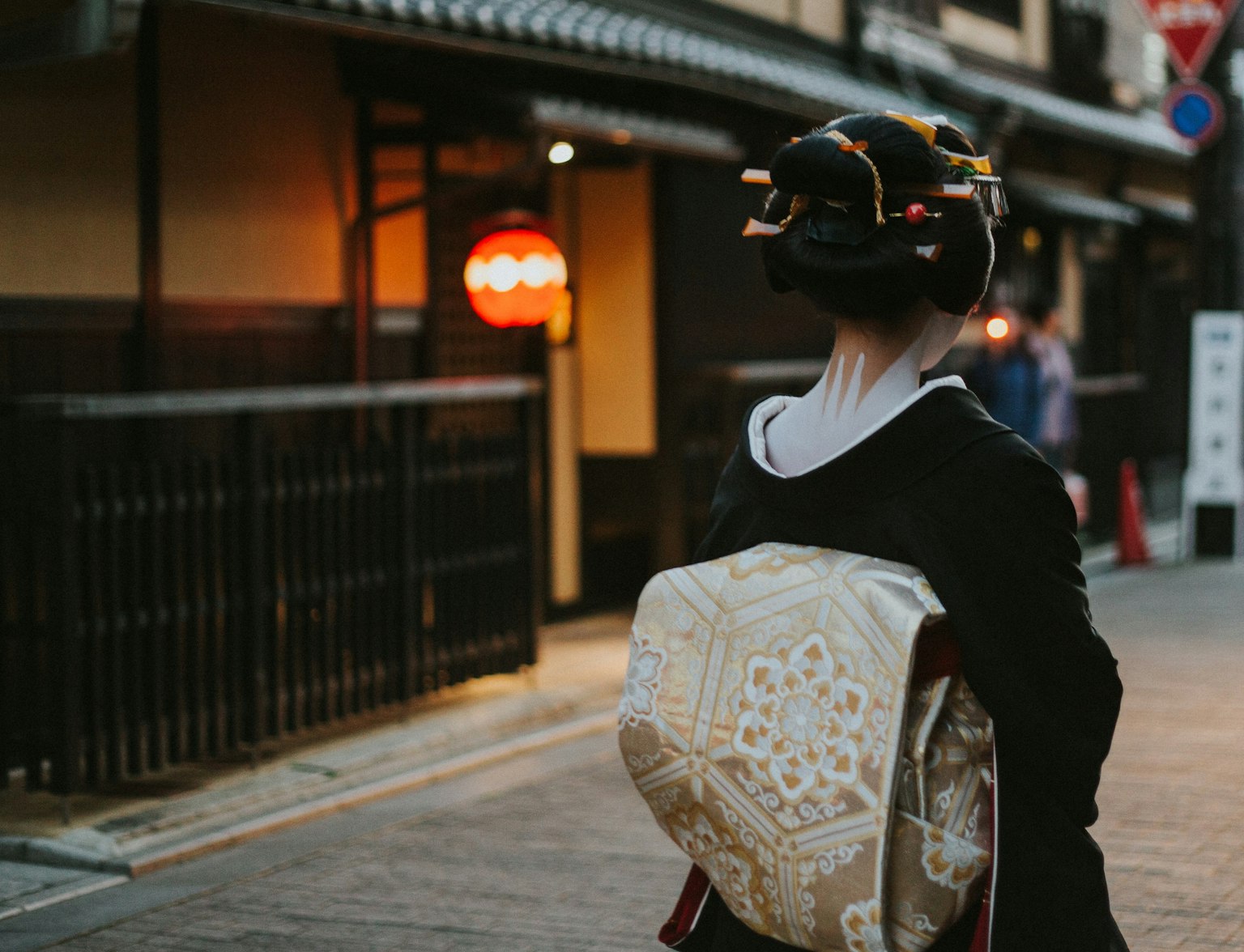
박물관 투어를 마친 후 구시가지로 잠시 여행을 떠나보세요.
히로시마 평화 기념 자료관은 히로시마 원자 폭탄의 파괴적인 영향을 상기시키는 엄숙하고 감동적인 기관입니다. 박물관은 원자 폭탄 폭발의 진원지 근처의 평화 기념 공원에 위치하고 있으며 세계의 평화와 이해를 증진하는 데 전념하고 있습니다.
박물관은 매일 오전 8시 30분부터 개관합니다. 12월 30일과 31일은 휴무일 때를 제외하고 오후 6:00까지. 이 시간을 통해 방문객들은 서두르거나 압박감을 느끼지 않고 자신의 속도로 박물관을 둘러볼 수 있습니다. 박물관 직원은 지식이 풍부하고 친절하며 항상 질문에 답하고 정보를 제공할 수 있습니다.
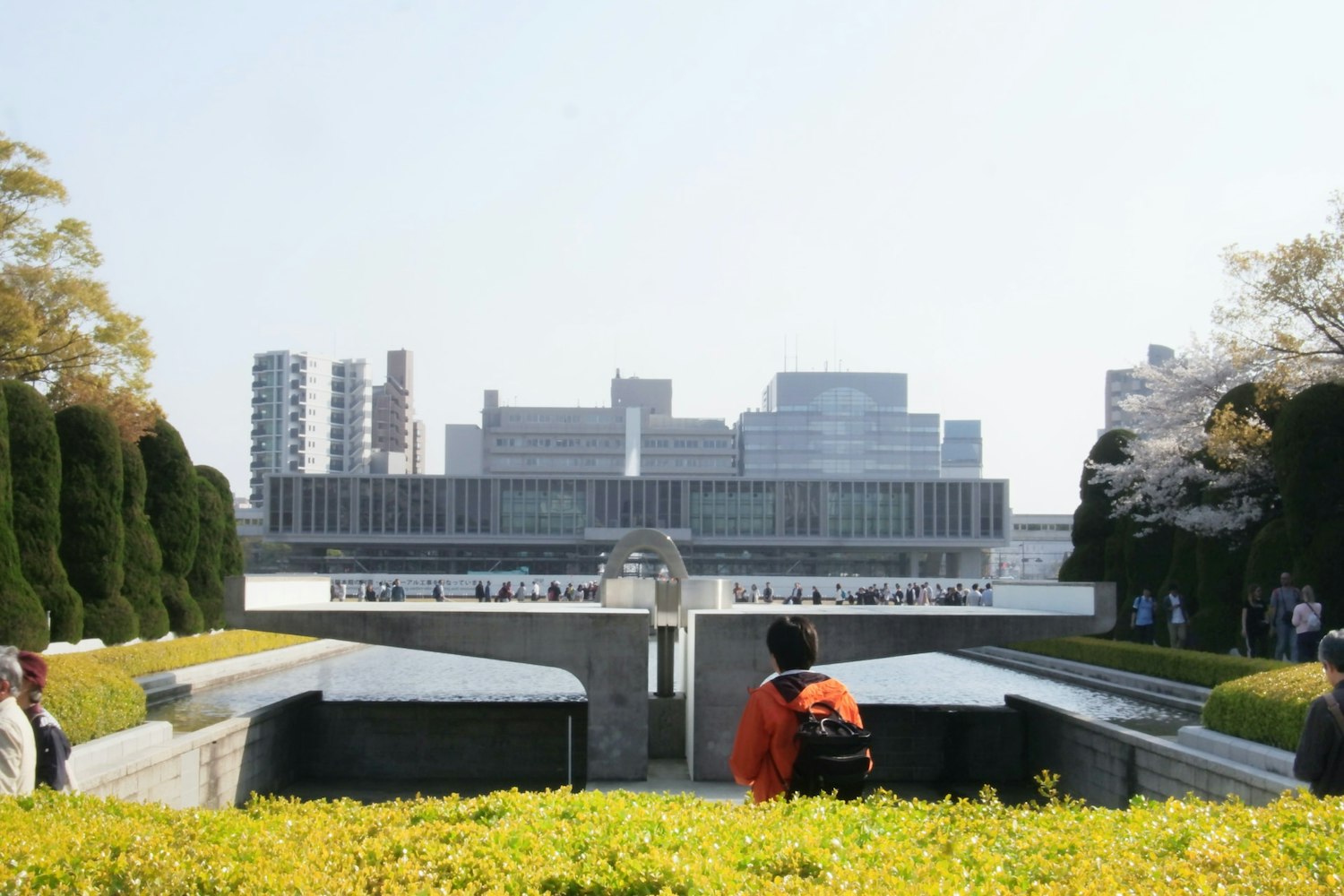
박물관 입장료는 합리적이며 학생, 노인 및 장애인에게 할인이 제공됩니다. 박물관은 또한 학교 그룹과 18세 미만의 학생들에게 무료 입장을 제공하므로 교육 견학을 위한 이상적인 장소입니다.
히로시마 평화기념자료관'유물, 문서 및 사진 컬렉션을 통해 방문객들은 히로시마 원자 폭탄 투하로 이어지는 사건과 원폭 투하의 여파에 대한 자세한 이해를 제공합니다. 박물관'전시는 일본과 일본을 포함한 폭격 당시 세계의 정치적, 군사적 상황에 대한 개요로 시작됩니다'제2차 세계 대전 참전과 미국의 원자폭탄 개발.
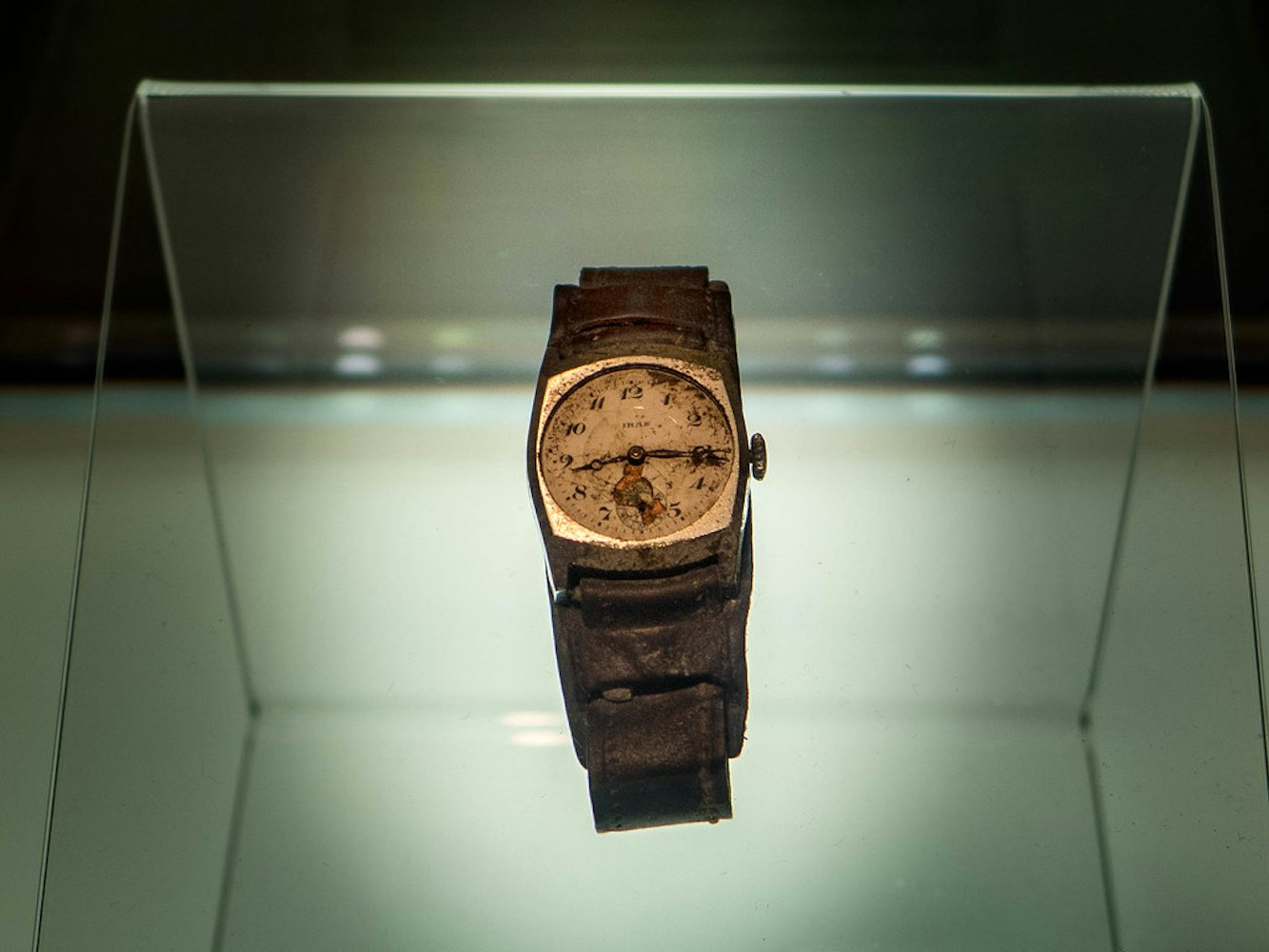
이미지 크레디트: 머스탱 조
방문객들은 녹은 유리, 뒤틀린 금속, 희생자의 개인 소지품 등 폭탄으로 인한 파괴의 예를 볼 수 있습니다. 박물관에는 폭격 전후의 도시 모형도 전시되어 있어 방문객들이 피해 정도를 볼 수 있습니다. 이 모델은 폭탄이 투하된 저중심 또는 그라운드 제로를 포함하여 폭격의 영향을 가장 많이 받은 도시 지역을 강조합니다.
히로시마 평화기념자료관의 가장 강력하고 감동적인 측면 중 하나는 방문객들이 원자폭탄 생존자들의 개인적인 증언을 들을 수 있는 기회입니다. 이 증언은 폭탄으로 인한 황폐화에 대한 직접적인 설명을 제공하고 방문객들에게 폭탄에 대한 인간의 경험과 연결할 수 있는 기회를 제공합니다.
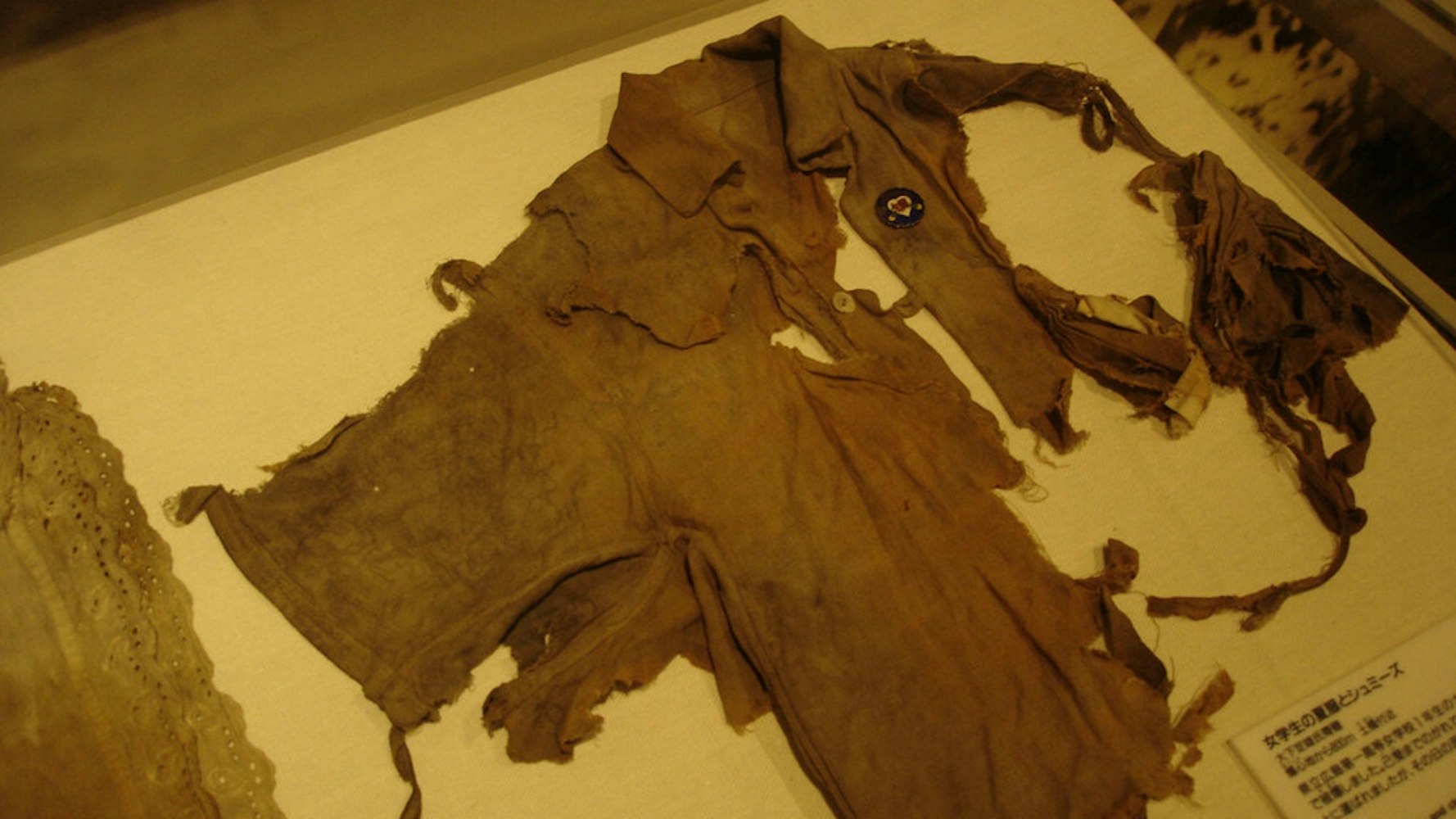
이미지 크레디트: 데이비드 맥켈비
박물관'S 전시회에는 희생자들이 입은 옷과 생존자들이 사랑하는 사람에게 쓴 편지 등 폭격과 관련된 다양한 유물도 전시되어 있습니다. 이 유물들은 전쟁의 인명 피해와 평화와 이해 증진의 중요성을 가슴 아프게 상기시켜줍니다. 방문객들은 폭발의 강렬한 열과 방사선에 의해 녹고 뒤틀린 자전거와 시계와 같은 일상적인 물건에 대한 폭격의 물리적 영향을 볼 수 있습니다.
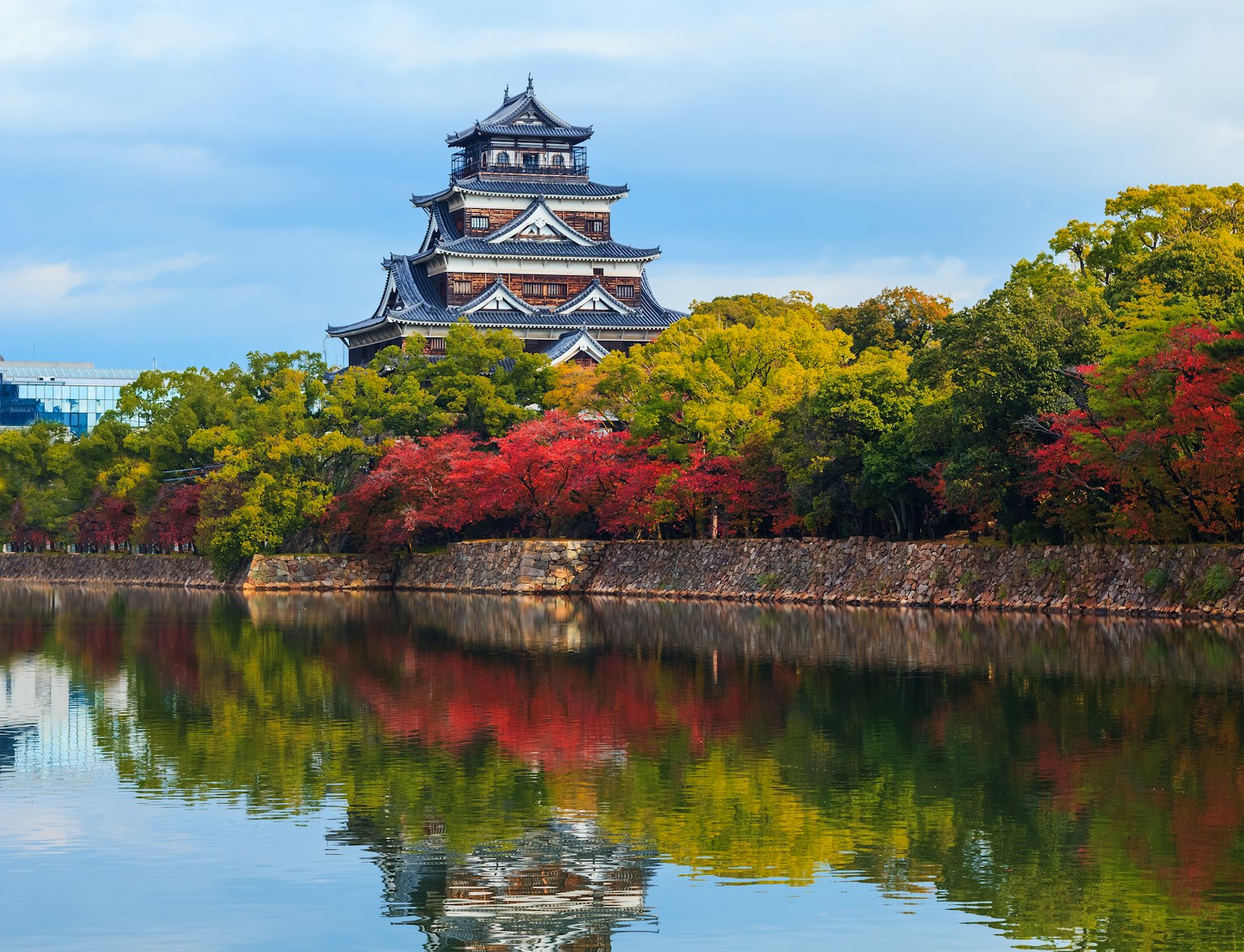
히로시마의 역사에 대해 자세히 알아보세요.
지브리 미술관은 일본을 방문하는 애니메이션과 애니메이션 애호가들이 꼭 방문해야 할 곳입니다. 박물관은 세계에서 가장 유명한 애니메이션 스튜디오 중 하나인 스튜디오 지브리의 작품에 전념하고 있습니다. 박물관은 방문객들에게 마법의 애니메이션 세계로 들어가 스튜디오 지브리의 독특한 스타일과 스토리텔링을 경험할 수 있는 기회를 제공합니다's 영화.
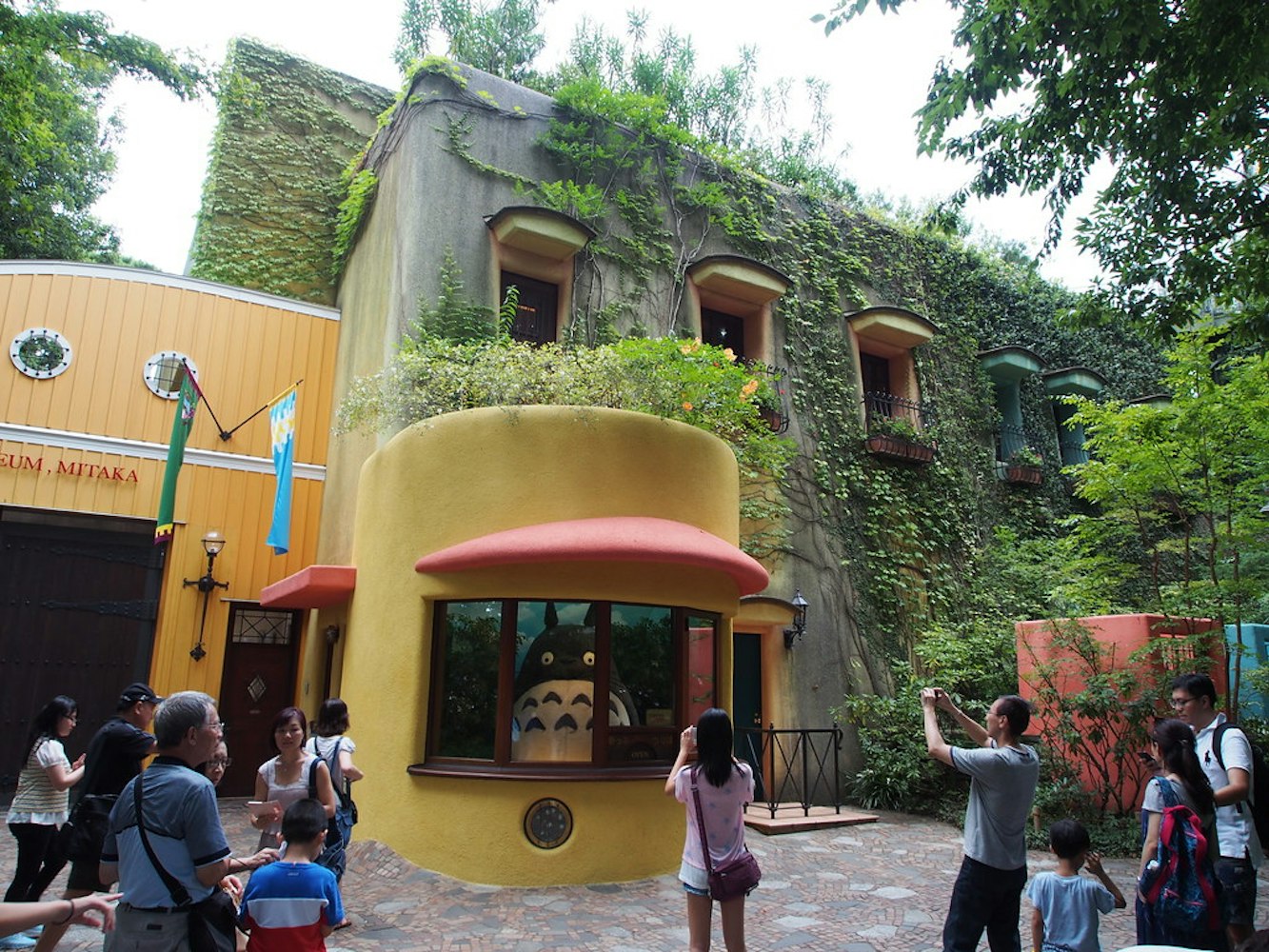
이미지 크레디트: 나카시
지브리 미술관은 도쿄 서부에 위치한 교외 도시인 미타카에 있습니다. 박물관'위치는 단 몇 분입니다' 신주쿠역에서 JR 주오선을 타고 갈 수 있는 미타카역에서 도보로 오세요. 방문객들은 시부야역에서 게이오 이노카시라선을 타고 기치조지역까지 간 다음 버스로 환승하여 박물관에 도착할 수도 있습니다. 박물관'의 위치는 도심에 머물든 주변 지역에 머물든 도쿄를 방문하는 방문객들이 쉽게 접근할 수 있도록 합니다.
박물관은 오전 10:00부터 개관합니다. 오후 6:00까지 휴무 인 화요일을 제외하고 매일. 박물관은 모든 방문객에게 편안하고 즐거운 경험을 보장하기 위해 하루에 방문객 수가 제한되어 있으므로 방문객은 미리 티켓을 예약하는 것이 좋습니다. 입장료는 연령과 입장 시간에 따라 다르며 어린이와 노인에게는 할인이 제공됩니다.
지브리 박물관은 방문객들에게 독특한 스타일과 스토리텔링으로 전 세계 관객을 사로잡은 스튜디오 지브리 애니메이션의 매혹적인 세계를 발견할 수 있는 기회를 제공합니다. 박물관'S 전시회에는 스튜디오의 원본 스케치, 스토리보드 및 애니메이션 셀이 포함됩니다'S Films는 방문객들에게 애니메이션 과정을 심층적으로 보여줍니다. 방문객들은 스튜디오가 어떻게 보이는지 볼 수 있습니다.'S 아티스트는 개발 초기 단계부터 완제품에 이르기까지 캐릭터와 스토리에 생명을 불어넣습니다.
박물관'전시회는 또한 스튜디오 지브리의 독특한 스타일과 테마를 선보입니다's 영화. 방문객들은 다음과 같은 영화의 상징적인 캐릭터와 설정을 볼 수 있습니다. "이웃집 토토로," "센과 치히로의 행방불명," 그리고 "모노노케 공주," 뿐만 아니라 잘 알려지지 않은 제목 "어제만" 그리고 "마음의 속삭임." 박물관'의 전시회는 이 영화의 창작 과정과 스튜디오의 중심인 자연, 가족, 인간 정신의 힘에 대한 주제를 엿볼 수 있는 기회를 제공합니다's 작업.
지브리 미술관은 방문객들에게 전시물을 볼 수 있을 뿐만 아니라 재미있고 매력적인 방식으로 전시물과 상호 작용할 수 있는 기회를 제공합니다. 박물관은 방문객들이 박물관에 참여하도록 장려하는 전시물과 전시물을 통해 몰입형 경험을 제공하도록 설계되었습니다'의 콘텐츠.
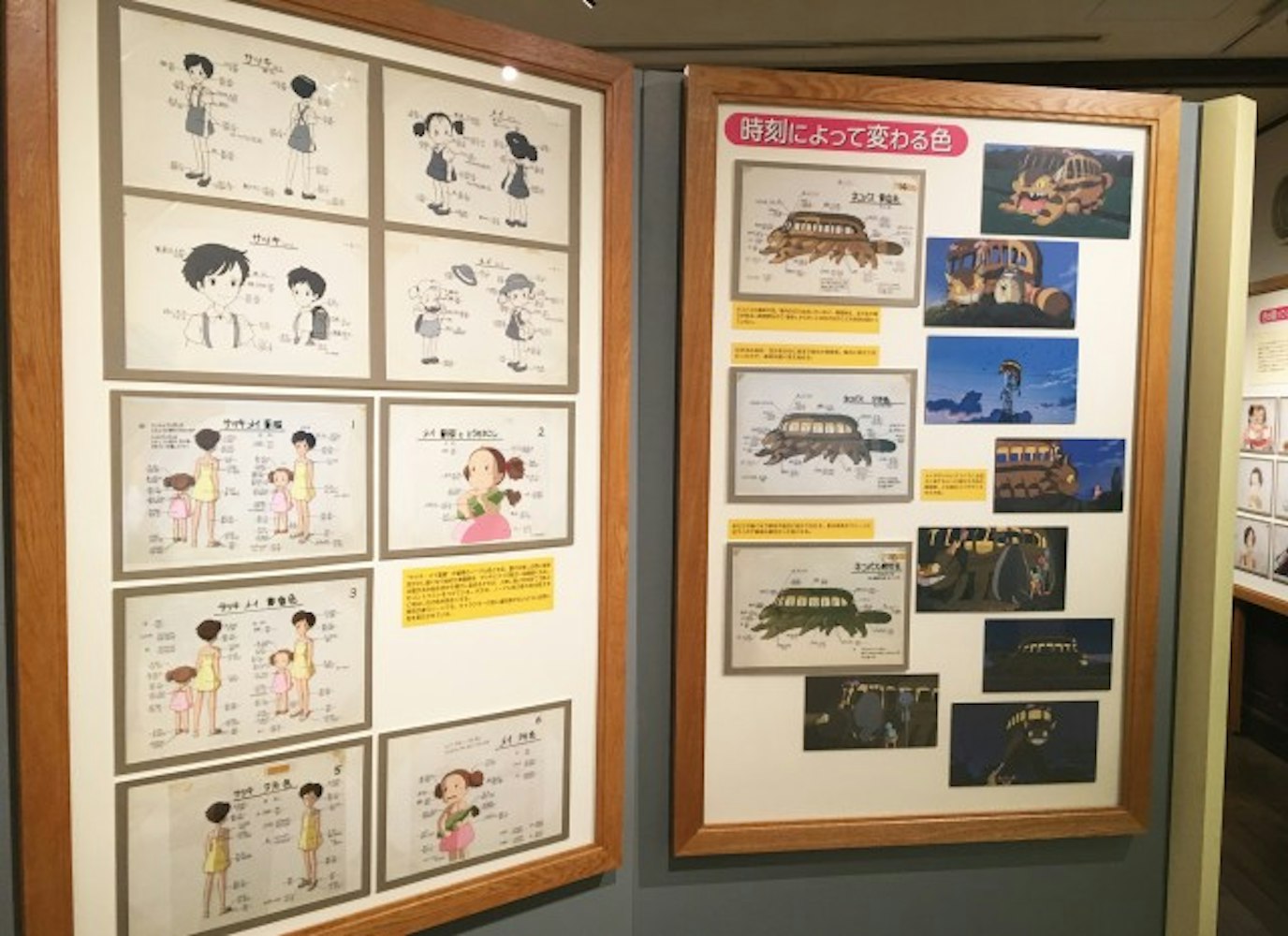
이미지 크레디트: 숟가락 & 타마고
가장 인기있는 전시회 중 하나는 고양이 버스의 복제품입니다. "이웃집 토토로." 방문객들은 버스에 올라 사진을 찍을 수 있어 어른과 아이 모두에게 재미있고 기억에 남는 경험입니다. 버스는 영화에서 사랑받는 캐릭터의 실물 크기 복제품이며 방문객들은 버스를 탐험할 수 있습니다'의 인테리어와 영화의 세계에서 자신을 상상해보십시오.
박물관's 극장은 지브리 미술관에서만 상영되는 독점 단편 영화를 상영하여 방문객들에게 독특하고 흥미진진한 경험을 선사합니다. 이 단편 영화는 스튜디오에서 제작합니다'재능 있는 애니메이터와 다른 곳에서는 볼 수 없는 스튜디오 지브리의 세계를 엿볼 수 있습니다. 방문객들은 박물관에서 영화를 볼 수 있습니다'S 극장은 푹신한 빨간 좌석과 웅장한 커튼이 있는 고풍스러운 영화관처럼 보이도록 설계되었습니다.
독점 영화 외에도 지브리 미술관은 다른 곳에서는 볼 수 없는 다양하고 독특한 상품을 제공합니다. 방문객들은 스튜디오에서 영감을 받은 다양한 아이템을 찾을 수 있습니다'의류, 장난감 및 예술 작품을 포함한 영화. 박물관'S Gift Shop은 책과 상품이 늘어선 선반이 있는 아늑하고 매력적인 서점처럼 보이도록 설계되었습니다. 방문객들은 박물관의 독특하고 특별한 아이템으로 스튜디오 지브리의 마법을 집으로 가져갈 수 있습니다's 선물 가게.
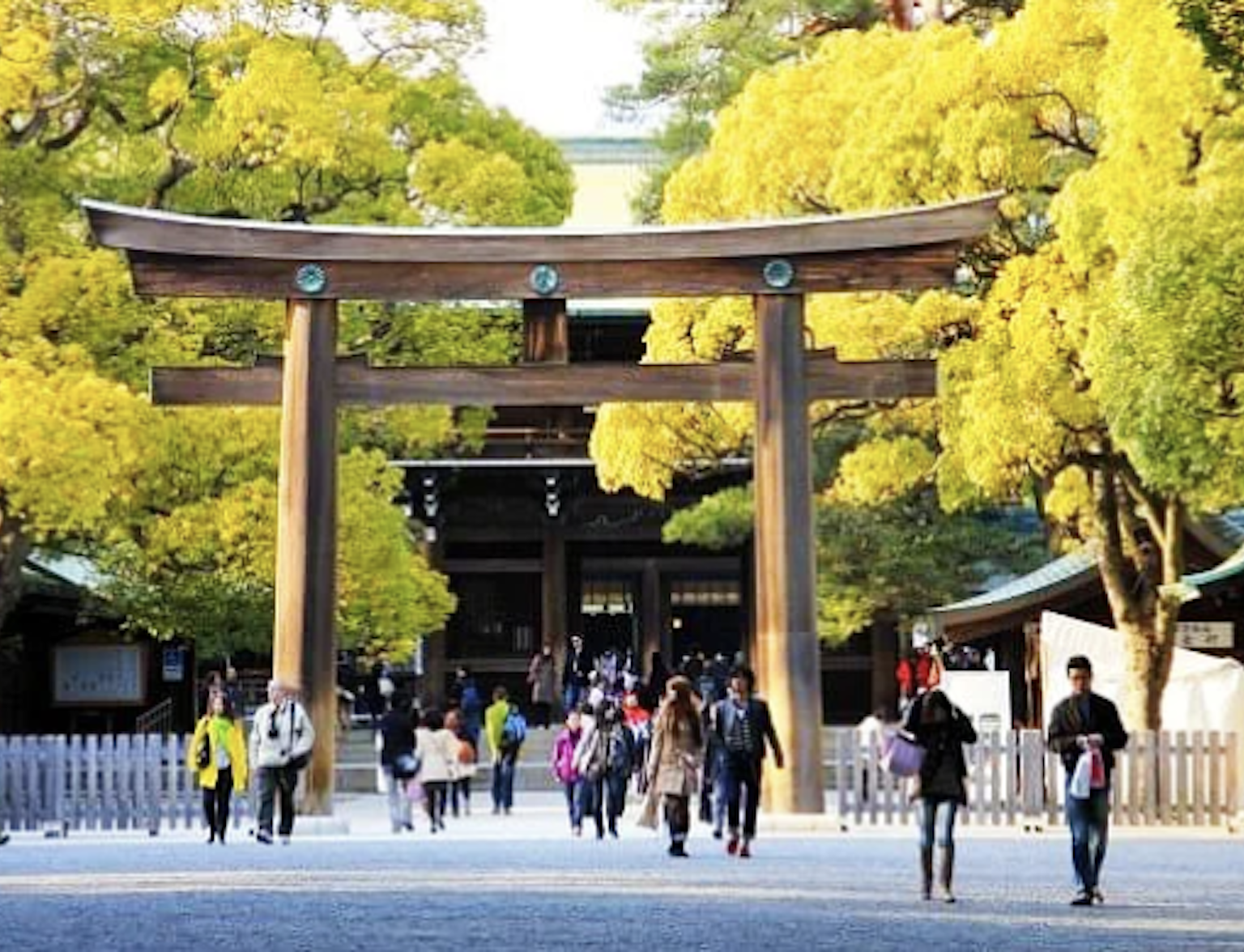
전세 차량으로 지브리 미술관을 방문해 보세요.
일본은 많은 박물관을 둘러볼 가치가 있는 풍부한 역사와 문화를 가진 나라입니다. 국립 일본 역사 박물관에서 지브리 박물관에 이르기까지 각 박물관은 일본에 대한 더 깊은 이해를 제공하는 독특한 컬렉션과 전시회를 제공합니다'예술, 역사 및 전통.
이 박물관을 방문하면 교육적 경험을 제공할 뿐만 아니라 전시회에 참여하고, 독점 단편 영화를 보고, 독특한 상품을 찾을 수 있는 기회를 얻을 수 있습니다. 각 박물관은 일본의 창의성, 예술성 및 혁신을 보여주는 몰입감 있고 잊을 수 없는 경험을 제공하도록 설계되었습니다. 너 여부'역사, 예술 또는 애니메이션에 관심이 있는 일본에서 꼭 방문해야 할 박물관은 일본의 심장부와 문화를 엿볼 수 있는 곳으로, 모든 여행자가 꼭 가봐야 할 곳입니다.
